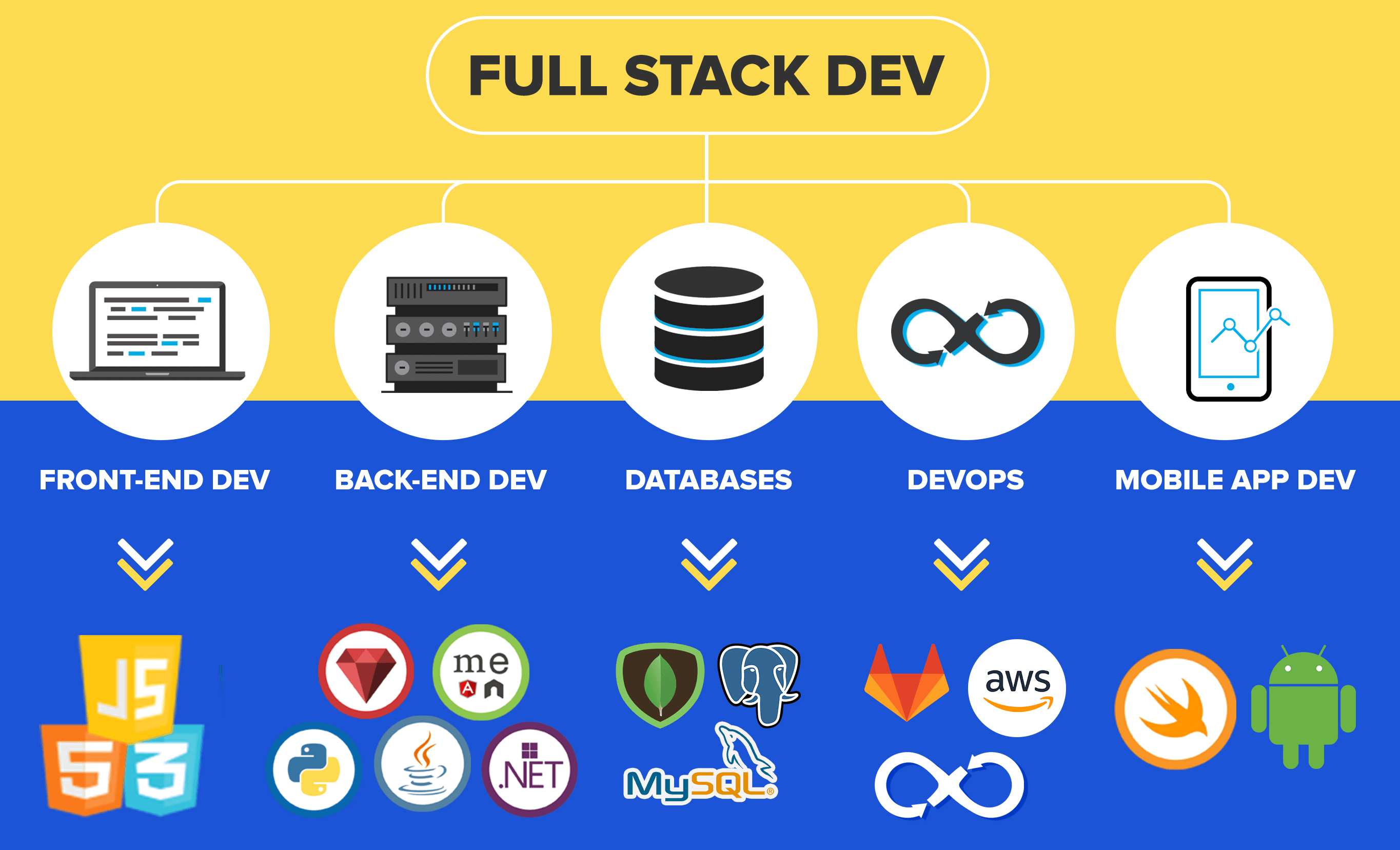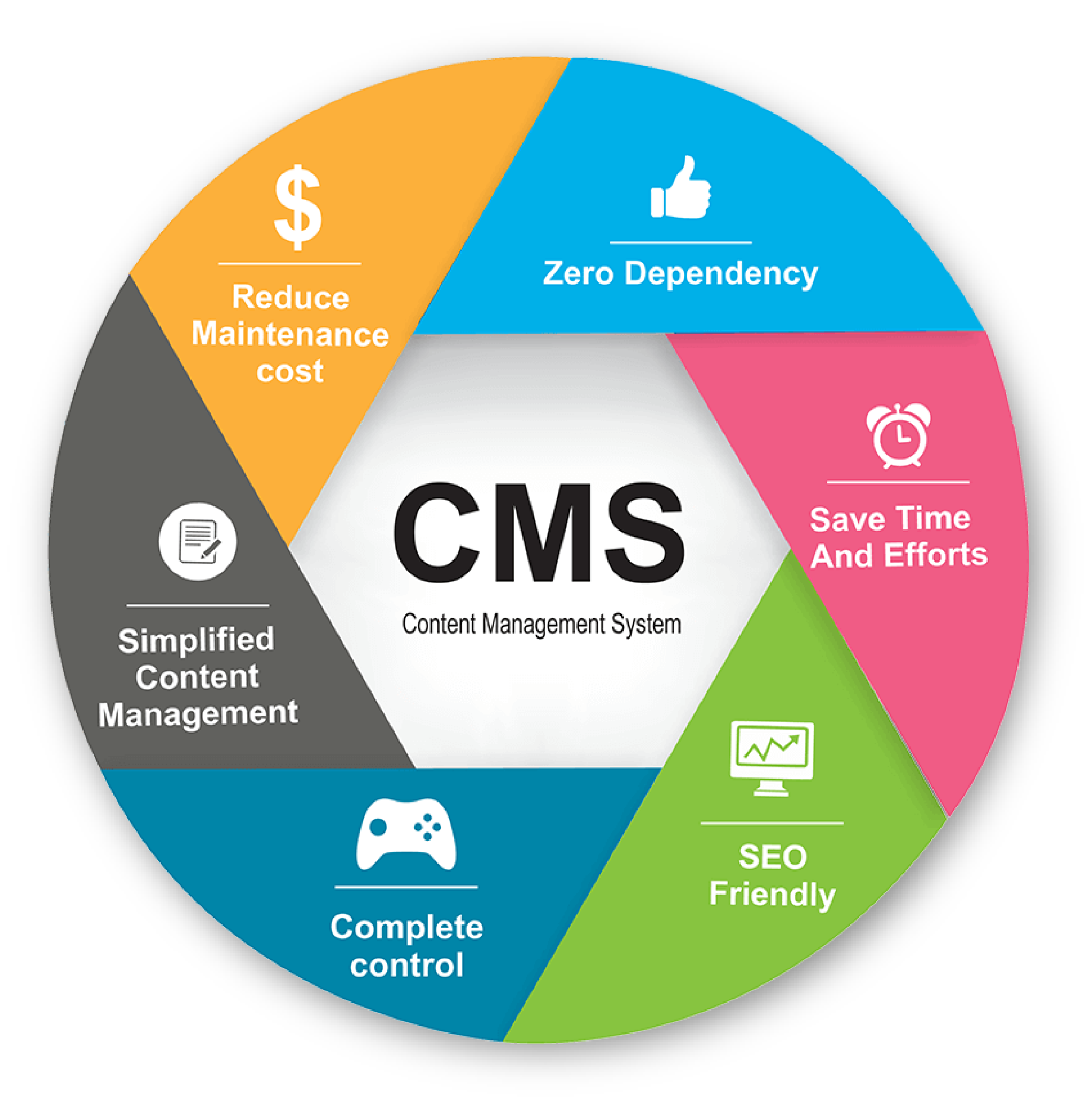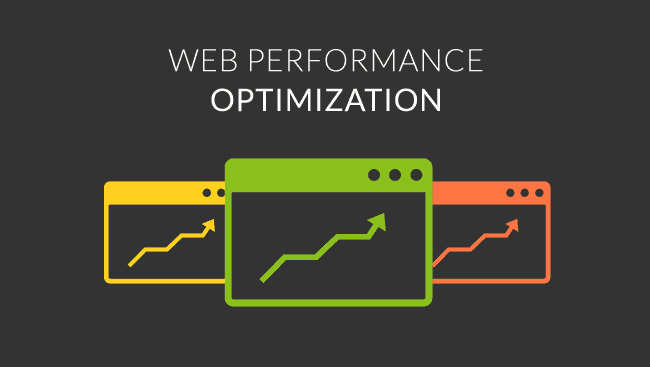WEB DEVELOPMENT Presentation
| Introduction to Web Development | ||
|---|---|---|
| Web development is the process of creating websites and web applications. It involves designing, coding, and maintaining websites to meet specific functionality and user experience requirements. Web development encompasses both front-end (client-side) and back-end (server-side) development. | ||
| 1 | ||
| Front-End Development | ||
|---|---|---|
| Front-end development focuses on the user interface and user experience of a website. It involves using HTML, CSS, and JavaScript to create the visual elements and interactivity of a website. Front-end developers ensure that websites are responsive, accessible, and optimized for various devices. | ||
| 2 | ||
| Back-End Development | ||
|---|---|---|
| Back-end development deals with the server-side logic and database management of a website. It includes using programming languages such as Python, PHP, or Ruby to handle data processing and server communication. Back-end developers work on the behind-the-scenes functionality that powers a website or web application. | ||
| 3 | ||
| Full-Stack Development | ||
|---|---|---|
| Full-stack development combines both front-end and back-end development skills. Full-stack developers are proficient in both client-side and server-side technologies. They can handle all aspects of website development, from designing the user interface to managing the server infrastructure. | ||
| 4 | ||
| Web Development Frameworks | ||
|---|---|---|
| Web development frameworks provide pre-built tools and libraries to streamline the development process. Popular front-end frameworks include React, Angular, and Vue.js. Back-end frameworks like Ruby on Rails, Django, and Express.js facilitate rapid development and maintainability. | ||
| 5 | ||
| Content Management Systems (CMS) | ||
|---|---|---|
| CMS platforms like WordPress, Drupal, and Joomla enable users to create and manage website content easily. They provide templates, plugins, and a user-friendly interface for non-technical users. Web developers can customize and extend CMS functionality to meet specific requirements. | ||
| 6 | ||
| Responsive Web Design | ||
|---|---|---|
| Responsive web design ensures that websites adapt to different screen sizes and devices. It involves using CSS media queries and flexible layouts to create a consistent user experience. With the increasing use of mobile devices, responsive design has become essential for modern web development. | ||
| 7 | ||
| Web Performance Optimization | ||
|---|---|---|
| Web performance optimization focuses on improving website speed and loading times. Techniques include optimizing images, minifying code, and caching resources. Faster websites lead to better user experience, higher search engine rankings, and increased conversions. | ||
| 8 | ||
| Testing and Debugging | ||
|---|---|---|
| Testing and debugging are crucial parts of the web development process. Developers use tools like Chrome DevTools and automated testing frameworks to identify and fix issues. Thorough testing ensures that websites function correctly across different browsers and devices. | ||
| 9 | ||
| Conclusion | ||
|---|---|---|
| Web development is a dynamic field that continues to evolve with new technologies and trends. It requires a combination of technical skills, creativity, and problem-solving abilities. By staying up to date with the latest web development practices, professionals can create innovative and user-friendly websites. | ||
| 10 | ||
| References (download PPTX file for details) | ||
|---|---|---|
| MDN Web Docs. (n.d.). Introduction to web dev... W3Schools. (n.d.). Frontend vs backend vs ful... Smashing Magazine. (2021). The state of front... |  | |
| 11 | ||









